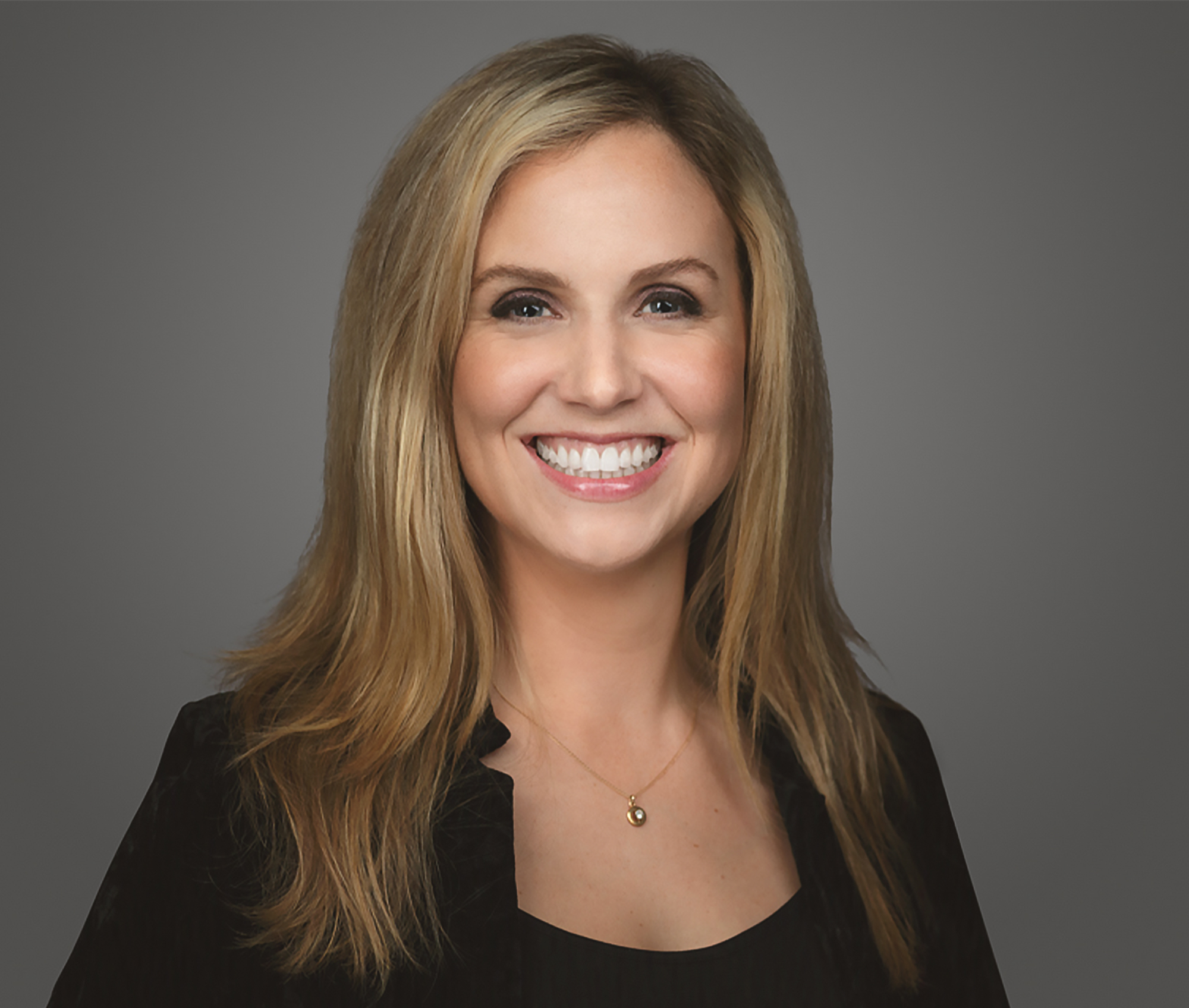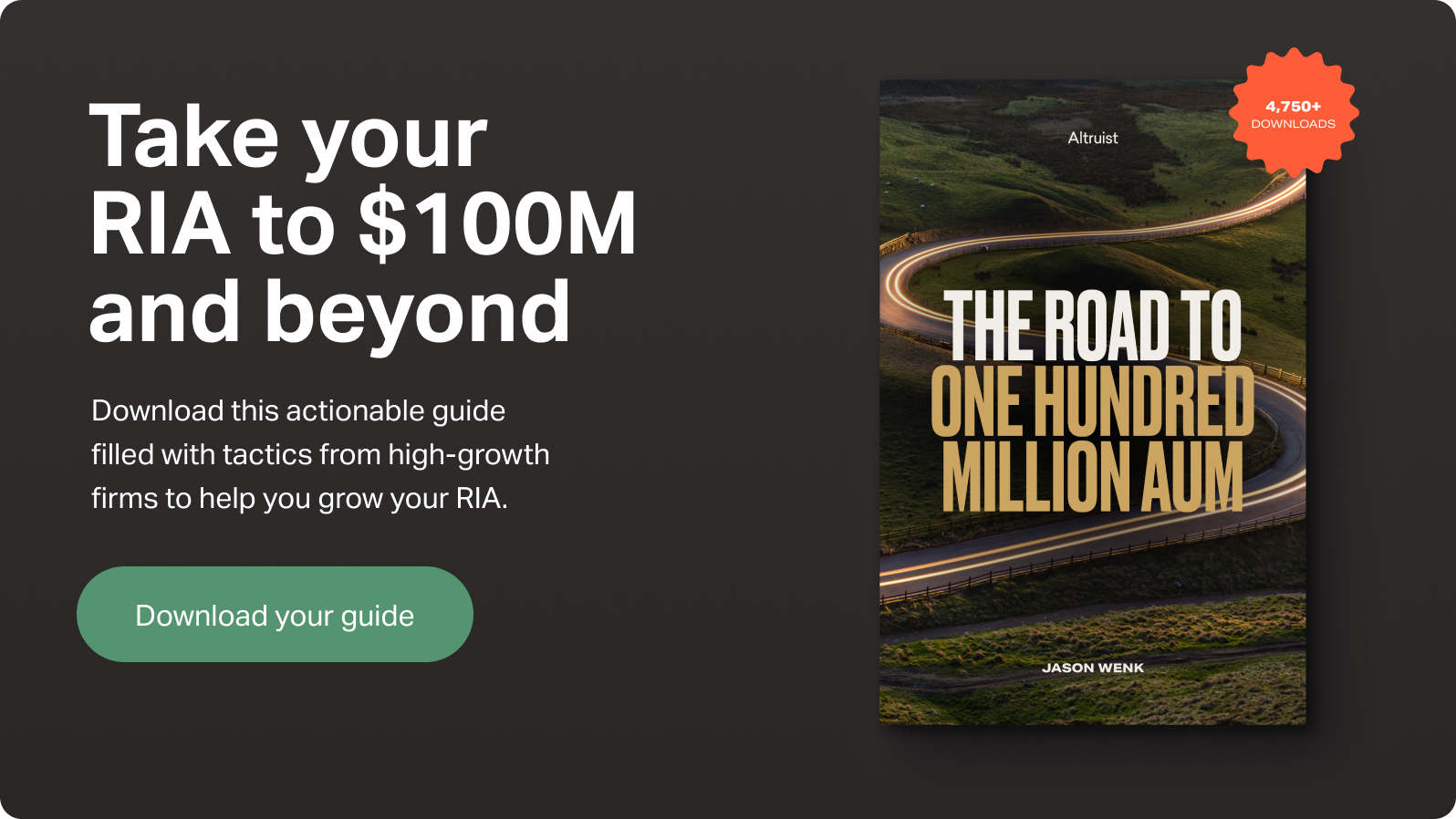Despite rapid growth in interest and availability of information over the past years, there remain many myths and misconceptions around ESG investing—building a portfolio based on standards for ethical, environmental, social, and governance practices in companies.
To help us clear things up, we invited Lily Bowles, ESG Product Manager at Pacific Asset Management, to answer our questions about ESG investing.
Lily knows her stuff. She spearheads the firm’s proprietary ESG approach, which integrates ESG analysis into the investment process, and has launched ESG fixed-income products. Before that, Lily worked at Swell Investing and Aspiration. Among her slew of credentials is an MSc in international development from the London School of Economics and the Fundamentals of Sustainable Account (FSA) certification from SASB.
Here’s what we learned from Lily about ESG investing, the state of the trend and where it’s headed in the future, and how your firm can take advantage of these opportunities.
What is ESG Investing? Terms to know
We need to clarify some terms advisors have probably heard thrown around: ESG, impact investing, and SRI. They’re often conflated, but each has a distinct meaning.
ESG investing “ESG”: Stands for environmental, social, and governance—it’s a broad term we use for investment strategies that consider those factors in the investment analysis process.
A common misconception is that ESG is its own asset class, which it’s not. You can integrate an ESG approach across all asset classes. It’s really an extension of fundamental portfolio analysis, not an alternative to what you already do.
For example, you might screen portfolios to exclude companies that sell tobacco or support chemical weapons production or to include companies with strong energy efficiency or gender equality in their leadership.
The term isn’t standardized or regulated, so firms incorporate ESG in different ways. This is a major concern right now that’s likely to change with new regulations and disclosure practices in the future. For now, it’s important as an advisor to be clear about which factors funds are considering and whether those are aligned with your client's goals and values.
Impact investing: Is less relevant for public markets and more appropriate for private equity firms and venture capital firms. It’s an investment made with the upfront intention to deliver both financial returns and measurable and specific social or environmental impact.
Socially responsible investing (SRI): Is more similar to ESG in that it’s a way to screen a portfolio to align it with a client’s values and beliefs.
For example, based on religious beliefs or personal values, clients might want to screen out companies that engage in alcohol production and sales or gambling, invest in stem cell research or contraception, or use animal testing on products.
In SRI, unlike ESG, there's not necessarily a financial reason for making these exclusions other than their importance to the client.
Sustainable investing: This term doesn’t have a specific meaning. It’s more of a catchall term to describe any of the above types of investing that consider more than financial impact.
How to get started: ESG strategies
To ensure portfolios meet certain environmental, social, and governance criteria, funds might screen portfolios in one of three ways:
- Negative screening: This exclusionary method looks for practices to avoid and excludes investments in companies that engage in them—for example, tobacco or weapons manufacturers.
- Positive screening: This inclusionary method is the opposite. The purpose is to invest in companies that have some positive impact on people or the planet. Criteria often overlap with the UN Sustainable Development Goals (SDGs), aiming to eliminate hunger and poverty, support health, education, gender equality, clean water, clean energy, and more.
- Norms-based screening: This is a subcategory of negative screening that assesses and excludes companies based on failure to meet internationally accepted norms like the UN Global Compact.
How to assess ESG funds
Without standardization, how can you assess whether an ESG fund is achieving the goals the investment is meant to support?
This is why, Lily says, integration is at the heart of ESG investing.
ESG integration considers all of the financially material ESG factors and traditional financial factors to identify material risks and growth opportunities. How you do this depends on the sector you’re assessing, but it’s fairly intuitive.
For example, environmental concerns might include a company’s greenhouse gas emissions, energy efficiency, and water use. Social considerations might be labor standards, supply chain management, diversity, workplace policies, customer privacy, and data security. Governance could include the board structure, behavior, and compensation.
Until this is more standardized, each firm will have its own approach to evaluating these factors and developing ESG funds.
Is ESG just a marketing fad?
Skepticism of this trend is understandable. We know investing can’t solve climate change or the slew of social issues plaguing the world immediately. It would be irresponsible to market ESG investing as a catchall solution.
"Yes, government regulation and intervention is absolutely needed,” Lily points out. “But it's happening.”
President Joe Biden announced the U.S. target to cut carbon emissions by as much as 52% from 2005 levels by 2030. That’s a huge, aspirational goal that will require the private sector to get on board.
"There's no company whose business model isn't going to be profoundly affected and changed by this transition to a net-zero emissions economy,” Lily says. “We're going to see a really different world in the next decade and beyond. And companies are going to have to change.”
That’s not a doomsday prediction, though. Companies see growth, not in spite of the transition we’re experiencing with environmental and social standards right now, but because of it.
ESG investing and the fiduciary responsibility
A common misconception about sustainable investing is that it runs afoul of your fiduciary responsibility as an advisor. Do you have to sacrifice returns to choose sustainable investments?
Lily says absolutely not.
Many studies show that incorporating ESG factors into the investment process improves risk mitigation over the long term. The Morgan Stanley Institute for Sustainable Investing recently released a report that showed sustainable funds outperformed their peers and reduced risk during the coronavirus crisis in 2020.
“Think of ESG not as something that you're losing,” Lily says, “but as an additional set of data to evaluate the companies that your portfolio managers are investing in. So it's really additive.”
Financial analysts and portfolio managers are looking at more than values-based factors to create ESG funds. Sustainability in these portfolios also incorporates the impact ESG factors have on revenue, operating costs, financing costs, and asset value to help build financial viability.
The future for ESG investing
Lily believes we’ll see increased standardization and disclosure requirements for ESG funds within the next five years. That would make it easier for fund managers and advisors to get the information they need to make sound decisions about ESG investments.
In the meantime, work on starting these conversations with your clients and integrating ESG into your investment process. We know it’s becoming increasingly important to investors as millennials are poised to be the bulk of your customer base soon.
This generation is expected to inherit $68 trillion, and a vast majority — Lily cited 75% — are interested in sustainable investment strategies.
The good news, she points out, is that whether clients are primarily interested in maximizing financial returns or aligning their money with their personal values, ESG investing is for them.
“So,” she says, “I encourage you to just start the conversation.”













